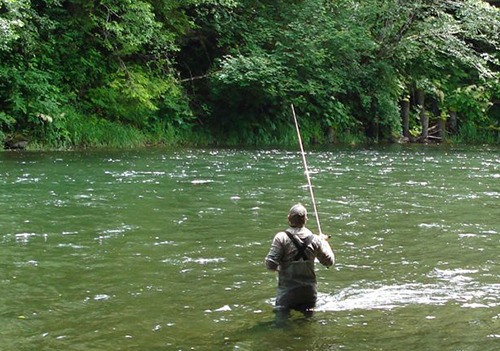To protect fish during ongoing severe drought conditions, Olympic National Park officials have triggered an emergency closure of recreational fishing on most rivers and streams within Olympic National Park.
Conditions have made Pacific salmon, steelhead and bull trout exceptionally vulnerable because of low stream flows and high water temperatures, park officials said.
The following river systems within Olympic National Park closed to all recreational fishing on Aug. 10: Bogachiel, South Fork Calawah, Sol Duc, North Fork Sol Duc, Dickey, Queets, Salmon, Quinault and North Fork Skokomish Rivers (including East and North Forks) and their tributaries and Cedar, Goodman, Kalaloch and Mosquito Creeks in the Pacific Coastal area.
The Elwha, Hoh and South Fork Hoh Rivers already are closed within the park to protect salmon populations.
The mouth and coastal section of the Quillayute River within Olympic National Park remains open for recreational fishing, as do Lake Crescent, Lake Ozette and the park’s many high country lakes.
This year’s severe drought conditions have reduced river flows to historic low levels.
Low river and stream levels not only reduce the amount of water and space available for fish, park officials said, but also lead to elevated water temperatures that can weaken or even kill Pacific salmon.
Pacific salmon and trout show signs of physiological stress at water temperatures above 60 degrees Fahrenheit, with lethal effects beginning at 70 degrees. Daily high temperatures in excess of 60 degrees already have been observed in many peninsula rivers and occasionally have reached 70 degrees in the lower Sol Duc and Dungeness rivers.
Low water and high water temperatures can slow or even stop upstream salmon migrations.
The broad application of this closure is necessary to address angling pressure during these extreme drought conditions to better protect Pacific salmon, steelhead trout and federally threatened bull trout in the park’s rivers and creeks, park officials said last week.
Olympic National Park sport fishing regulations for 2015-2016 are available on the park’s website at www.nps.gov/olym/planyourvisit/fishing.htm, as well as at park visitor centers, fee booths, ranger stations and area fishing stores.



